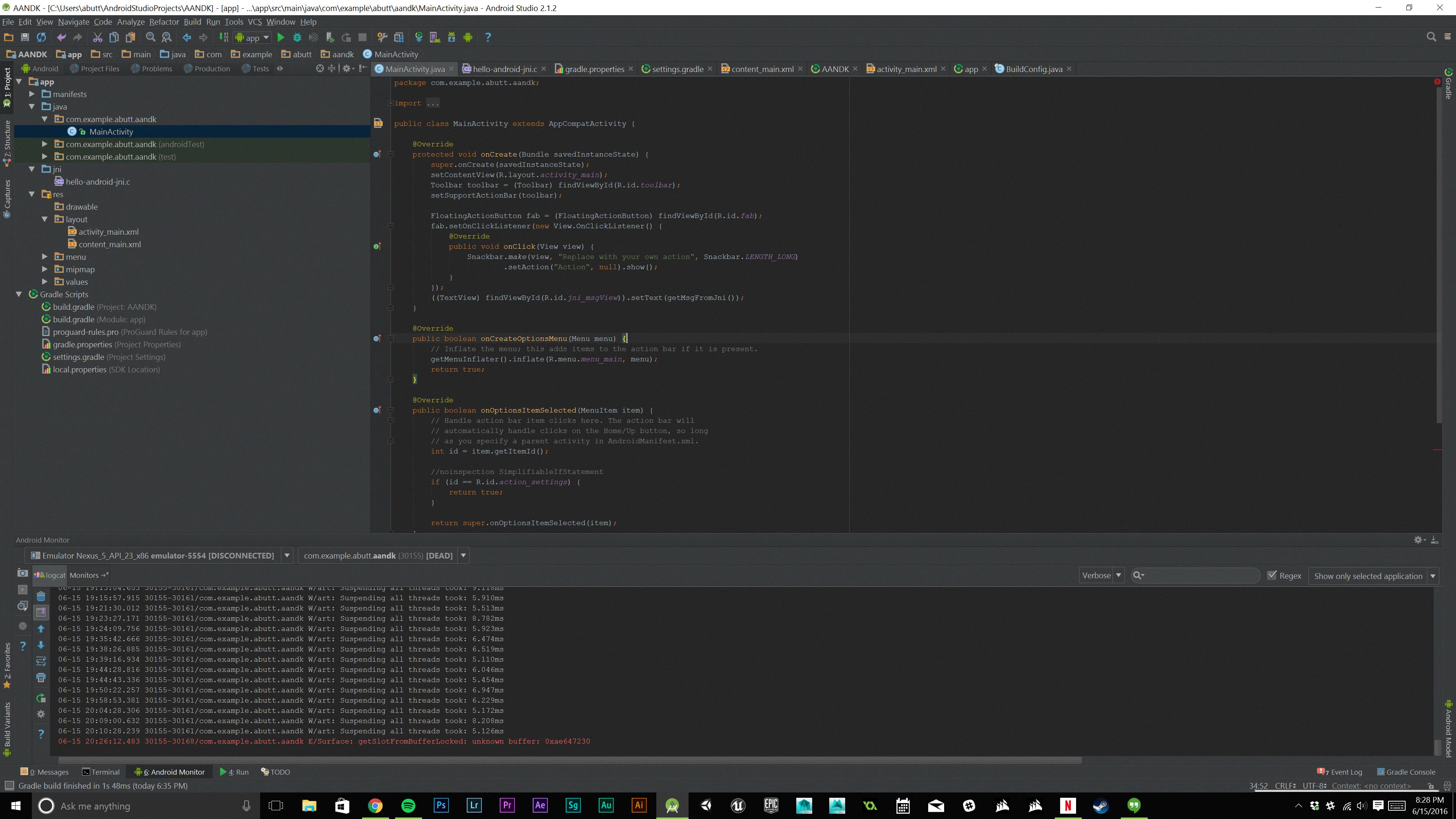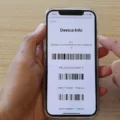Android is a widely popular mobile operating system that powers millions of smartphones and tablets around the world. But have you ever wondered what language Android is written in?
The answer is Java. Java has been the official programming language for Android since its inception. It provides developers with a robust and flexible platform for creating a wide range of applications. Java’s object-oriented nature makes it ideal for building complex and feature-rich Android apps.
However, Java is not the only language used for Android development. Kotlin, a modern programming language developed by JetBrains, has gained significant traction in recent years. In fact, Kotlin is now Google’s preferred language for Android app development. It offers a more concise and expressive syntax compared to Java, making it easier and more enjoyable to write code.
Another language that can be used for Android development is BASIC. Although not as popular as Java or Kotlin, some developers still choose to use BASIC for its simplicity and ease of use. BASIC, which stands for Beginner’s All-purpose Symbolic Instruction Code, is a beginner-friendly language that allows developers to quickly prototype and build Android apps.
In some rare cases, developers may also use C++ for Android development. C++ is a powerful and efficient programming language that gives developers low-level control over system resources. While not commonly used for building entire Android apps, C++ can be utilized for performance-critical components or for integrating with existing C++ codebases.
So, while Java is the traditional and most widely used language for Android development, Kotlin has emerged as a strong contender and is recommended for new Android projects. Existing Android apps written in Java may also consider migrating to Kotlin to take advantage of its modern features and improved developer experience. Ultimately, the choice of language depends on the specific requirements and preferences of the development team.
Android apps can be written in various programming languages, with Java being the most commonly used. However, Kotlin is gaining popularity and is now Google’s preferred language for Android development. BASIC and C++ are also options, though less commonly used. The choice of language depends on the developer’s familiarity, project requirements, and performance considerations.
Is Android Written In Java Or C++?
Android applications can be written in both Java and C++. Java is the official programming language for Android, and it is widely used by developers to create Android apps. Java provides a high level of abstraction and a robust set of libraries and tools specifically designed for Android development. It is the recommended language for beginners and most commonly used for building Android applications.
On the other hand, C++ can also be used to develop Android apps, although it is less common. C++ offers better performance and allows developers to have more control over the hardware resources of the device. It is typically used when there is a need for low-level programming, such as in games or system-level applications.
It’s important to note that using C++ for Android development requires using the Android NDK (Native Development Kit), which provides a set of tools and libraries for integrating native code into Android apps. This allows developers to write parts of the code in C++ and call them from the Java codebase.
While Java is the primary language for Android development, C++ can also be used for specific scenarios where performance or low-level control is crucial.

Is Android Written In Java Or Kotlin?
Android is an open-source mobile operating system developed by Google. Initially, Android development primarily relied on Java as the programming language of choice. Java has been used extensively for Android app development due to its mature ecosystem, large community support, and wide range of libraries and tools available.
However, in recent years, Kotlin has gained significant popularity as an alternative language for Android development. Kotlin is also an officially supported language for Android, and Google has declared it as the preferred language for Android app development. This endorsement has led to an increasing number of developers adopting Kotlin for building new Android apps.
To answer the question directly, Android can be written in both Java and Kotlin. Both languages are fully compatible with the Android platform and can be used to build high-quality and performant apps. The choice between Java and Kotlin depends on various factors, including the project requirements, team expertise, and personal preference.
Bullet list to summarize the key points:
– Android development originally relied on Java.
– Kotlin has gained popularity as an alternative language for Android development.
– Kotlin is officially supported by Google as the preferred language for Android development.
– Both Java and Kotlin can be used to write Android apps.
– The choice between Java and Kotlin depends on project requirements, team expertise, and personal preference.
What Is Android Built With?
Android is built with several components that work together to create a powerful mobile operating system. These components include:
1. Linux Kernel: At the core of Android is the Linux kernel, which provides the underlying infrastructure for the operating system. The Linux kernel is responsible for managing the system’s resources, such as memory, process management, and device drivers.
2. Libraries: Android includes a set of libraries written in C and C++ that provide core functionality to the operating system. These libraries enable developers to access various features and services, such as graphics rendering, multimedia playback, database management, and networking.
3. Android Runtime: The Android Runtime (ART) is the virtual machine used to run Android applications. It executes the code written in Java or Kotlin and translates it into machine-readable instructions. ART also includes a Just-In-Time (JIT) compiler that optimizes the performance of the applications at runtime.
4. Framework: The Android framework provides a set of APIs and tools that allow developers to build applications for the Android platform. It offers a wide range of functionalities, including user interface components, data storage, location services, notifications, and more. The framework follows the Model-View-Controller (MVC) architectural pattern, which helps in organizing the code and separating the presentation logic from the business logic.
5. Applications: Android is known for its vast ecosystem of applications. These applications are developed by various developers and can be downloaded from the Google Play Store or other third-party app stores. The applications utilize the Android framework to access device features and provide a rich user experience.
Android is built with a Linux kernel, libraries, the Android Runtime, a framework, and a wide range of applications. These components work together to provide a robust and customizable mobile operating system.
Conclusion
Android is a popular and widely used mobile operating system that is based on the Linux kernel. It is primarily used on smartphones and tablets and offers a wide range of features and capabilities. Android apps can be written in various programming languages, with Java being the official language, but Kotlin and BASIC are also commonly used. The choice of programming language depends on the preferences and requirements of the developer. Android provides a flexible and robust platform for developers to create innovative and user-friendly applications.








